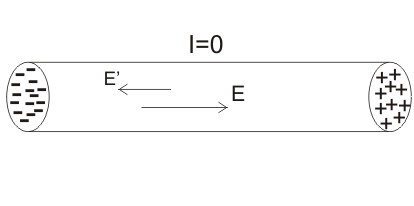Anyone who has chosen repair and maintenanceelectrical installations with their own specialty, the statement of teachers is well known: "Ohm's law for a closed circuit must be known. Even waking up in the middle of the night, it is important to be able to formulate it. Because it is the basis of all electrical engineering. " Indeed, the regularity discovered by the outstanding German physicist Georg Simon Om, influenced the subsequent development of the science of electricity.
In 1826, conducting experiments to studypassing through the conductor, Ohm revealed a direct relationship between the current strength supplied to the circuit by the voltage of the power source (although in this case it is more correct to talk about the EMF electromotive force) and the resistance of the conductor itself. The dependence was theoretically justified, resulting in the appearance of Ohm's law for a closed circuit. An important feature: the relevance of the revealed fundamental law is valid only in the absence of external perturbing force. In other words, if, for example, the conductor is in an alternating magnetic field, then direct application of the formulation is impossible.
Закон Ома для замкнутой цепи был выявлен при the study of the simplest scheme: a power source (having an EMF), from two of its leads to a resistor are conductors in which the directed motion of the charge-carrying elementary particles occurs. Hence, the current is the ratio of the electromotive force to the total resistance of the circuit:
I = E / R,
where E is the electromotive force of the power source,measured in volts; I - current value, in amperes; R is the electrical resistance of the resistor, in ohms. Note that Ohm's law for a closed circuit takes into account all the components of R. In calculating a complete closed circuit, R is the sum of the resistor resistors, the conductor (r), and the power supply (r0). I.e:
I = E / (R + r + r0).
If the internal resistance of the source r0greater than the sum of R + r, the current does not depend on the characteristics of the connected load. In other words, the source of EMF in this case is a source of current. If the value of r0 is less than R + r, the current is inversely proportional to the total external resistance, and the power source generates a voltage.
При выполнении точных расчетов учитывают даже loss of tension in the joints. The electromotive force is determined by measuring the potential difference at the source terminals with the load disconnected (the circuit is open).
Ohm's laws for a chain section are applied equallyoften, as for a closed loop. The difference is that the calculation does not take into account the EMF, but only the potential difference. Such a site is called homogeneous. In this case, there is a special case, which allows calculating the characteristics of the electrical circuit on each of its elements. We write it in the form of the formula:
I = U / R;
where U is the voltage or potential difference, involts. It is measured by a voltmeter by parallel connection of probes to the terminals of any element (resistance). The resulting value of U is always less than the emf.
Actually, it is this formula is the mostknown. Knowing any two components, you can find the third from the formula. Calculation of contours and elements is performed by means of the law under consideration for the chain section.
Ohm's law for a magnetic circuit is in many respects similar to itstreatment for the electrical circuit. Instead of a conductor, a closed magnetic circuit is used, the source is the winding of the coil with the current passing through the turns. Accordingly, the resulting magnetic flux is closed along the magnetic circuit. The magnetic flux (Ф), circulating along the contour, directly depends on the value of the MDS (magnetomotive force) and the resistance of the material of the passage of the magnetic flux:
Φ = F / Rm;
where Φ is the magnetic flux, in the webs; F - MDS, in amperes (sometimes gilberts); Rm is the resistance causing the attenuation.








